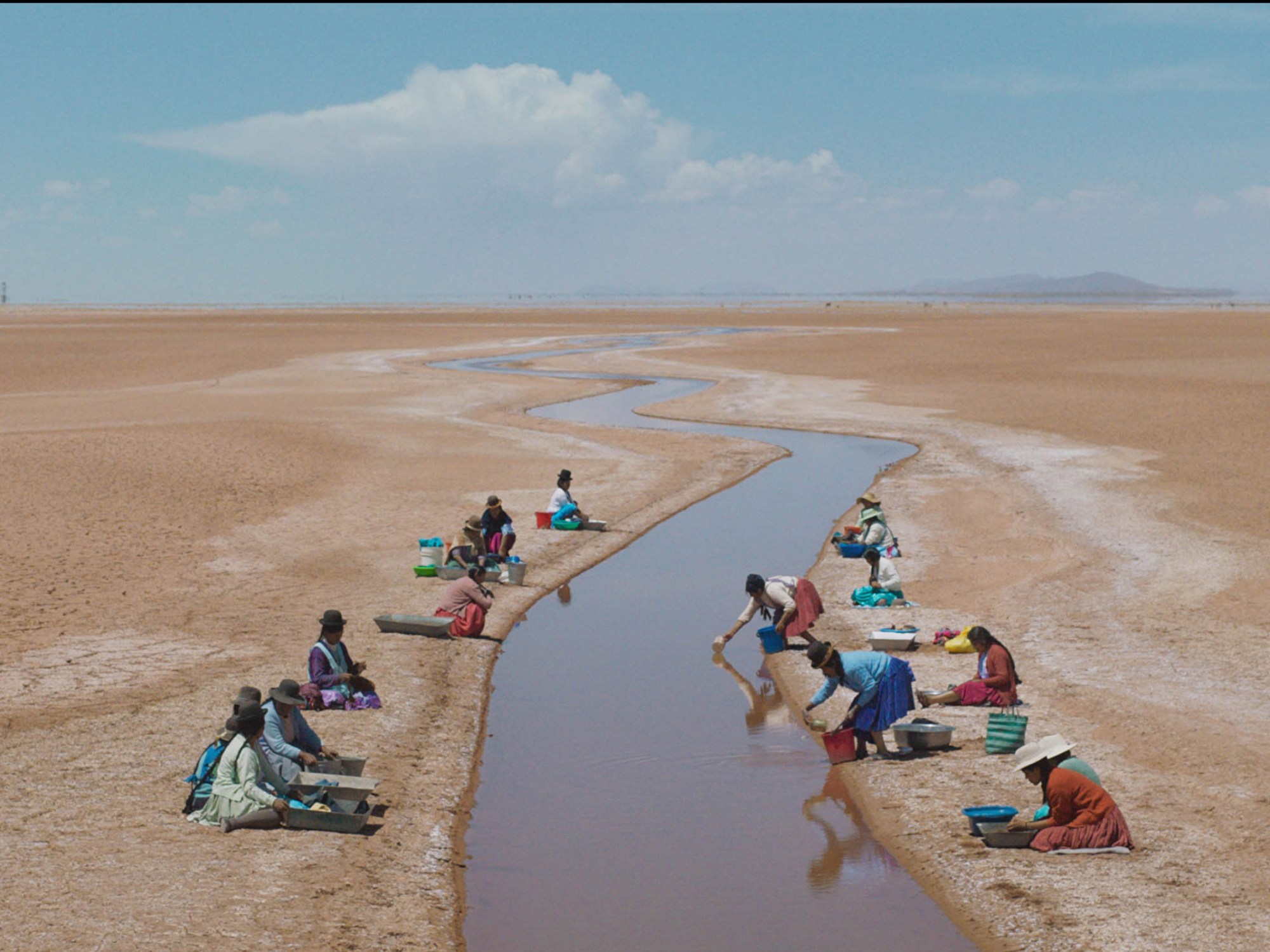
- Film
Latin American Cinema: More Than Mexico, Brazil, and Argentina
On November 4, the Bolivian film Utama, directed by Alejandro Loayza, will be released commercially in New York at the famed Film Forum theater. Later, it will also open in Los Angeles, Chicago and other cities. Shot in arid locations, the film follows an elderly Quechua couple that has been living a tranquil life for years. But everything changes when a long drought puts their way of surviving in peril, forcing them to decide if they will stay in the only place they have known or if they will have to go somewhere else.
If you are a fan of independent cinema and go regularly to small theaters, you probably have seen the trailer, as it has been playing there for a while. The film has been making waves since it premiered this year in Sundance, where it won the Grand Jury Prize in the International World Cinema competition. Utama also took home important awards in festivals such as Guadalajara, Malaga, Amsterdam and Toulouse, but what makes its case really surprising is the fact that even if it’s coming from a very small industry, it was not the only Bolivian feature to make an impact. In June Martin Boulocq’s The Visitor won the International Narrative Competition in Tribeca and in August The Great Movement by Kiro Russo was also released commercially in New York, after winning the Special Jury Prize at the Venice Film Festival the previous year.
The first Bolivian feature was released in 1924, a country where there was never a formal industry, so the degree of success of their recent cinema is frankly impressive. But that is not an isolated phenomenon these days in Latin America. Until a few years ago, only a few countries in the region had solid local cinema, such as Mexico, Argentina, and Brazil. Spain has been an integral part of what was done then and what is being done now, as co-productions with the European country were always one of the best ways to find financing, especially with a program such as Madrid-based Ibermedia that has provided funding for more than 2000 films over 20 years in Spanish speaking countries but also for projects produced in Brazil, Portugal and Italy.
Besides the big ones, many countries in Latin America have a regular output of local films, such as Peru, where Francisco Lombardi developed a consistent career, Colombia had the same with filmmakers such as Sergio Cabrera and Victor Gaviria, and Venezuela had its Roman Chalbaud. Chile, where for many years only Miguel Littin, Patricio Guzman and Raul Ruiz were the recognizable names, was the first country to start a notable increase in its production with several films that won important awards, starting with Sebastian Silva’s The Maid, which in 2010 was the first Chilean film ever to obtain a nomination to the Golden Globe for Best Foreign Film.
Uruguay also has developed a small industry in recent years with directors such as Federico Veiroj, Alvaro Brechner and even famed cinematographer Cesar Charlone (The Two Popes, American Made) developing a career with several films on their name. Cuba has always been a different case, as productions were always fully financed by the state even during the worst years on its troubled economy. Many names, such as Tomas Gutiérrez Alea, Humberto Solás and Fernando Pérez come to mind highlighting the most prolific and respected directors from the island.
In the last few years, the consistency of good Latin American cinema spread to other countries. That democratization was particularly notable in Central America. In 2021 Jayro Bustamante‘s La Llorona became the first film ever from Guatemala to be nominated for a Golden Globe, two years after Our Mothers from César Diaz won the Golden Camera in Cannes. Costa Rica also made a mark with several films winning important festivals recently, such as Valentina Maurel’s I Have Electric Dreams, that left Locarno with the Best Director, Best Actor and Best Actress awards, and took the Horizons Award at San Sebastian just several weeks later. Natalia Álvarez Mesén’s Clara Sola won 17 international recognitions since it debuted in Cannes last year. Panama made waves recently with Plaza Catedral directed by Abner Benaim, and Nicaragua had the world premiere in Toronto of Daughter of Rage, the debut of Laura Baumesteir de Montis, which is the fourth feature ever produced in that country and the first one directed by a woman.
In the Caribbean, the Dominican Republic has increased its feature production exponentially in the last decade, with films such as Carpinteros by José María Cabral debuting globally at the Sundance Film Festival in 2017. Something similar happened in Puerto Rico, where films such as Perfume de Gardenias by Gisela Rosario Ramos had its world premiere last year at the Tribeca Film Festival. Across Latin America Ecuador and Paraguay has also seen a notable increase. The Heiresses from Paraguayan director Marcelo Martinessi won several awards in Berlin in 2018, including the Silver Bear for Best Actress for Ana Brun, while Juan Carlos Maneglia and Tana Schembori have surprised audiences with well-made films such as 7 Boxes, which won awards at Palm Springs and San Sebastian, and The Gold Seekers a smart attempt to create an action-adventure film that was also invited to screen in Palm Springs.